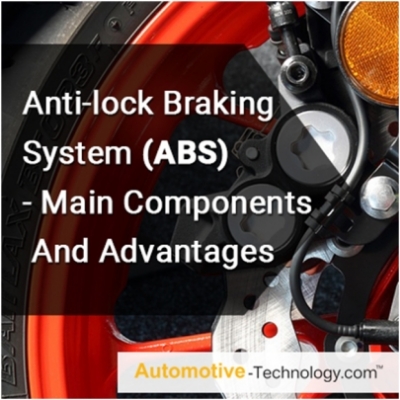Articles
Gaining Consumer Trust in Car Connectivity

Technology continues to develop at lightning speeds. Everything you didn’t know you wanted to do while driving is either already possible or in development. Yetglossy screens and touch interfaces are only part of the modern concept of the connected car. Consumers want to be confident that these state-of-the-art deviceshave an actual purpose, and trust theycan be relied upon to not become mere nuisances.
The Current State of Connected-Car Hardware
Presenters at the Connected Cars Europe 2017 conference in Brussels stressed that to ensure the connected car experience is successful, a solid infrastructure or ecosystem of all parties involved in the connected mobility service industry must be created. The concern is that the lack of such a cohesive system (i.e. applications, services/solutions, networks, data, etc.), will limit the possibilities. Working together is critical.
Driverless cars may or may not be in the immediate future - the current automation levels of most cars today are only 0 to 1 (with 5 considered complete automation). Tesla, for example, is developing cars at level 3, possibly 4. But true automation is not just with one car, by itself, it means cars can connect to other cars around them. And ‘talking cars’ are not just for technology sake;instead, this constant state of being ON is required to ensure safety.
Consider a potential ‘conversation’between cars on the road: V21, V2C, V2V, V2P (Vehicle to Network/Vehicle to Vehicle/Vehicle to Pedestrian, respectively) are all possible onboard connections. The next step in mobility is C-V2X - essentiallygiving the vehicle the ability to connect to everything. This could mean when a car is skidding on ice and it alerts cars behind it of this as a warning.
The Next Next Generation
It means that collaboration between various connected applications must be an ongoing and conscious decision, but what slows down transmissions is the time it takes them to move through networks. While some companies within the industry are developing innovative interfaces, others, such as HPE and the 5G Lab in Germany are analysingdata to develop higher-performing systems. The faster the systems can process the information, the faster the applications can complete the task, creating higher level mobile connectivity systems.
Speed of operation is but one part of the future of mobile connectivity. Usefulness is the other. Users must get something out of it for them to want to invest it themselves. Novelty can only go so far,and exciting bells and whistles in cars become like nails on a chalkboard in terms of annoyance if these systems don’t really have a function or fail tofunction properly.
Consumer trust in the automotive industryis tested through all the gadgets put into their cars. If simple features constantly break, consumers rightly begin to question the viability of supposedlyaccident-proof driverless cars. Understandablywhen it comes to cars that are driving themselves, not even one accident is acceptable – it undermines the whole purpose of these cars.
Sorry, I Was Distracted by the Bright Flashing Lights
So we have now come full circle back to the notion of consumers wanting to be able to rely on and trust the connected systems within their cars. These need to be seamless additions that function as well as the more critical parts of the car (e.g. engine, brake, exterior strength of the vehicle, etc.).
Currently, widely available connected car systems are more about flashy screens and less about functionality. Data is streaming all around and being shared, butnot all consumers are content with this current system. It’s not helped by the separate nature of companies developing their own mobile systems without much notice of others, meaning more time will be needed later onto link these units together.
What is More Important?
All of this car connectivity begs the question of what we really need in our cars. So many of the current gadgets seem rather superfluous, whilstothers, if employed correctly, can be life-savers. As the gadgets are supposed to make driving safer and more intuitive, the learning curve for all of this technology is continually on the increase. Consumers already know how to drive so a feature that make driving more frustrating is more likely to see drivers opt for standard offerings than embrace new technology. Trust in these systems will strengthen when companies begin developing mobile connectivity that works properly, has greater purpose, and is developed in tandem with other systems.




